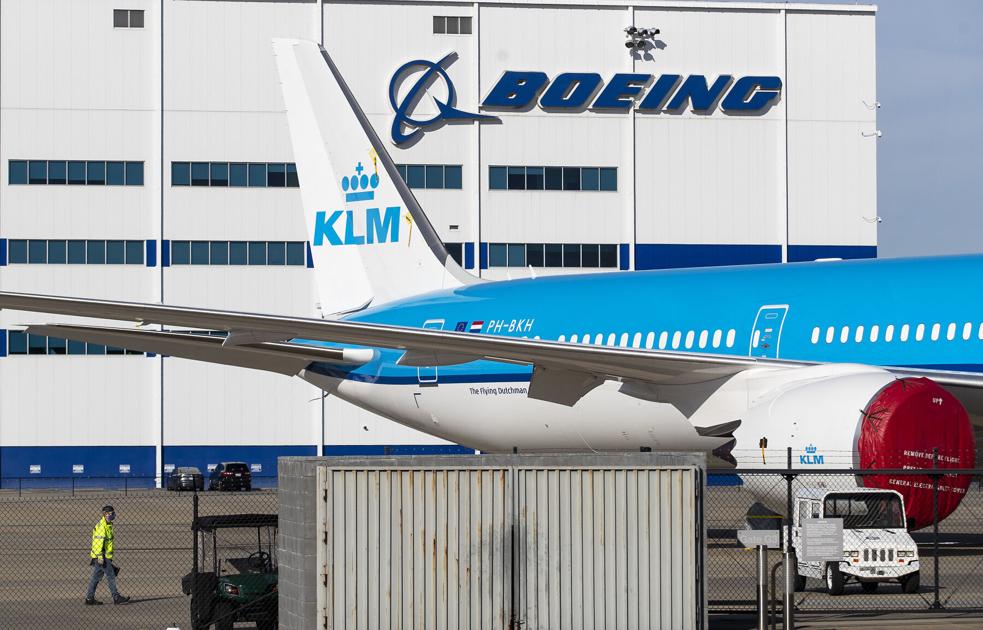For the first time in more than a year, Boeing sold more planes last month than it had to cancel, and the 787 Dreamliner made in South Carolina registered its first new orders since early 2020.
But the Dreamliner delivery drought continued into February, marking four months now that dozens of undelivered 787s were waiting to be delivered to customers.
Boeing sold 82 new aircraft last month and recorded 51 cancellations, making February the first month since November 2019 when the company had a total of net positive orders.

The cancellations of the recently recertified 737 Max have dragged those totals, combined with declining demand amid the coronavirus crisis.
Another 32 Max orders were canceled in February, but the program won 25 orders, all from United Airlines.
The KC-46 tank program led with 27 orders.
Orders also included four 787-10s – the largest Dreamliner model – for unidentified customers. The last time the company sold 787s was in March 2020, when Japanese carrier ANA bought a dozen widebodies.
But the 787 program came out with a net total of negative orders in February. Singapore Airlines canceled orders for 19 Dreamliners, a portion of which was converted into an order for 11 of Boeing’s 777X jets, a larger widebody made in the state of Washington.
As of this month, North Charleston is the only location building 787s, after Puget Sound’s final Dreamliner rolled off the production line at the wide-body factory in Everett, Wash. On February 26th.

Dreamliners made in North Charleston and Everett have been in stock for months, while the company does extensive inspections and rework on the jets.
A production problem involving wrinkles on the inner skin of the fuselage, where 787 body parts are joined, was identified in mid-2020, and Boeing said in December that it has expanded the scope of these inspections.
During a results conference call in late February, CEO Dave Calhoun shared that inspections were taking longer than expected and postponed deliveries that month. Calhoun said there would be “few, if any” 787 delivered to customers in February, and Boeing’s March 9 update shows that the drought in deliveries has continued.
In February, 22 aircraft were delivered, of which 18 were 737 Max jets to customers such as Southwest, American and United Airlines.

After a 20-month stranding following two fatal accidents, the Federal Aviation Administration authorized Max to fly in November. Since then, 66 of the jets have been delivered to customers, 41 of them during 2021.
In addition to Max, deliveries of the 787 are expected to make the biggest difference to Boeing’s cash flow this year compared to 2020. While it remains unclear when Dreamliner deliveries will resume, Boeing said it still hopes to roll out most of the 787s that have inventory by the end of this year.
